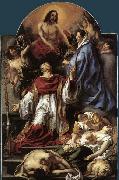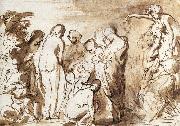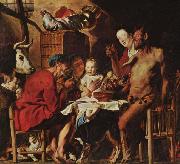Öl auf dem Segeltuch,das echte Aroma von alten Meistern

|
|
|||
| Flemish painter (b. 1593, Antwerpen, d. 1678, Antwerpen). | |||
|
|
|||

| |||
|
|
|||
|
|
|||

| |||
|
|
|||
|
|
|||

| |||
|
|
|||
|
|
|||
| Vorheriger Künstler Nächster Künstler | |||








